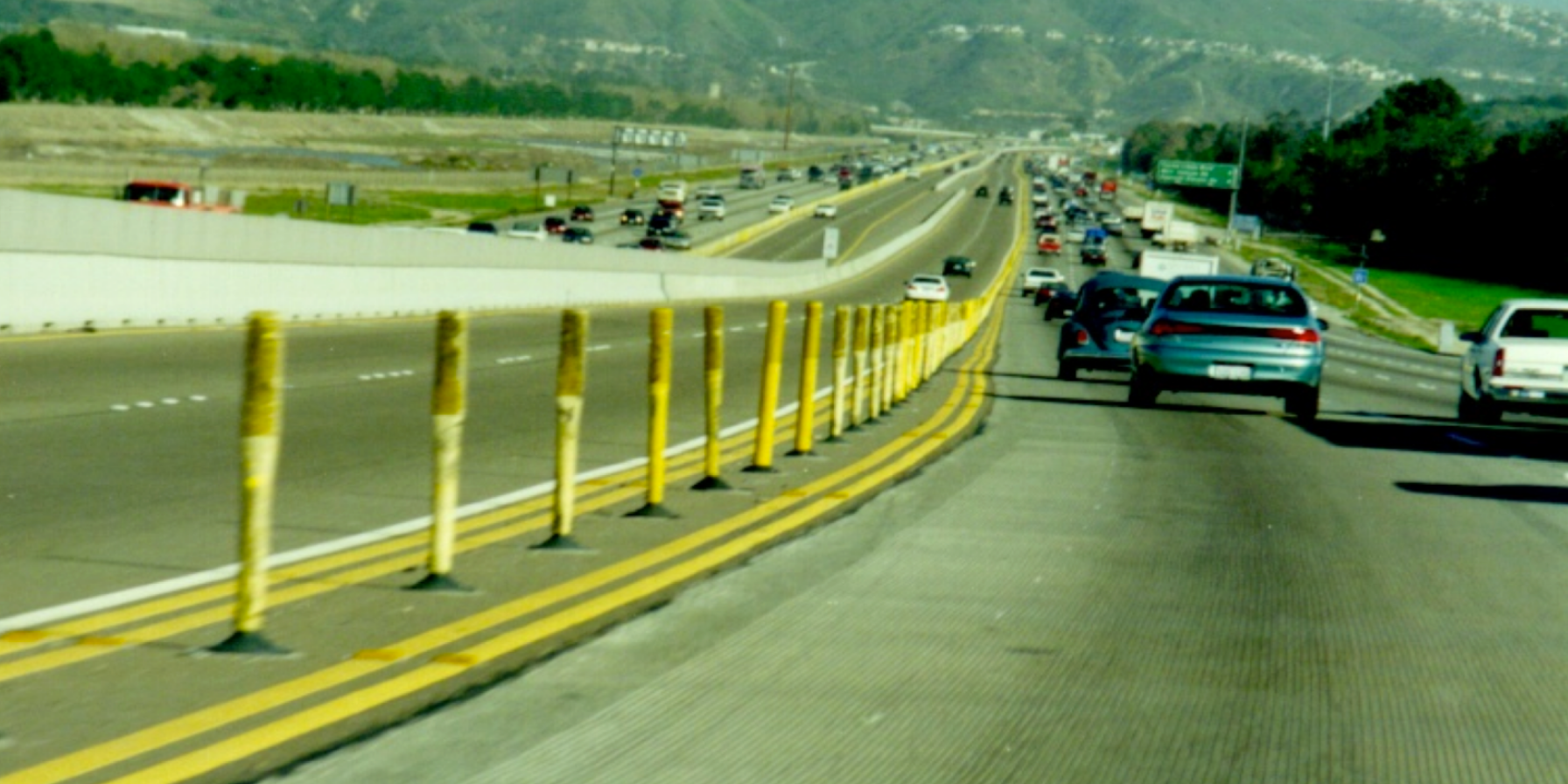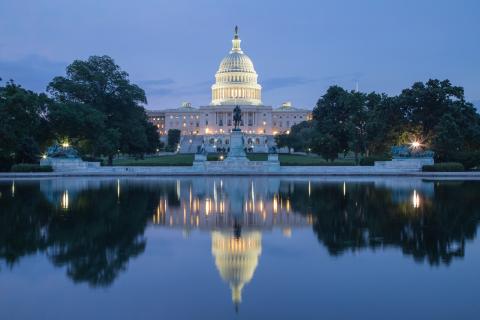- Home
- IBTTA Insights
- Mileage-Based User Fees, Managed Lanes Take Center Stage in Conference Board Committee Report
Stories
Mileage-Based User Fees, Managed Lanes Take Center Stage in Conference Board Committee Report


A move toward user fees to fund roads and bridges is the lead recommendation in a policy brief released last week by the Committee for Economic Development of The Conference Board, a non-profit business think tank.
The report also calls for greater private sector participation in road construction and maintenance, better project selection to foster modal coordination across systems, streamlined regulation, technology investment, and a renewed focus on public information and education. Its co-authors include Rick Geddes, a former member of the Safe, Accountable, Flexible, Efficient Transportation Equity Act (SAFETEA-LU) Policy Commission.
“When the Interstate Highway System turned 60 years old last year, its birthday marked unprecedented levels of travel, especially by the heavy commercial trucks that keep our economy moving,” the report states. “It also saw a system with increasing congestion, deteriorating conditions, and a compelling need for substantial investment.”
With the average American family spending $7,600 on transportation, the committee points to an economic opportunity that goes far beyond the highway system itself.
“When properly executed, transportation infrastructure investment raises economic growth, improves labor productivity, and increases land values. It can also create positive spillovers, including improved public health, higher energy efficiency, and greater economic development.”
Big System, Big Backlog
The U.S. National Highway System carries more than 40% of the country’s highway traffic, 75% of its heavy truck volume, and 90% of its tourist traffic, and enables nearly $14 trillion in shipments each year, the committee notes. It’s the very definition of an essential service, but the report cites Department of Transportation figures to show the depth of the surface transportation funding backlog: “Meaningful improvements to system performance would cost as much as $145.9 billion per year,” but “currently, we spend less than two-thirds of that amount.”
The lack of a sustainable, long-term funding source only compounds the problem.
The report goes through a series of factors that have brought us to today’s crisis point, including deferred maintenance, inadequate and unpredictable funding, poor project selection, inefficient project delivery, and slow adoption of new technologies. The net result is a system that doesn’t measure up to its users’ expectations.
“Just as we expect water and light to appear at the turn of the knob and flip of a switch, Americans also take for granted that our roads and bridges will be forever well-conditioned and readily accessible for safe, reliable travel,” write Geddes and co-author Thomas J. Madison. “Unfortunately, a massive amount of deferred maintenance and a rapidly growing gap between investment needs and available funds threaten the ability of America’s surface transportation system to deliver on this expectation. “
Delivering the Dollars
The committee’s thinking on surface transportation infrastructure funding begins with three familiar challenges: the gap between revenues and needs, a misalignment between fuel tax revenue and the need to maintain a “mature, largely complete transportation system,” and unpredictable allocations from Congress. While the report contains a summary chart that lists the pros and cons of tolling, mileage-based usage fees (MBUF), and three types of taxes as funding options, the surrounding narrative skews heavily toward user financing methods—including MBUF, managed lanes, and “movement toward more direct user fees”.
Notably, the summary chart cites some form of political opposition or obstacle for all five of the options the committee reviewed. But it also had a lot to say about the positives in the user-generated pathways. The chart describes MBUF as a reliable funding tool that doesn’t depend on a single fuel type and can help reduce congestion and improve traffic flow. It casts tolling as a “sustainable, fair, and equitable direct user fee” that can link usage costs to a vehicle’s impact on the roadway, and be scaled to the cost of maintenance, upgrades, and expansion projects.
The report lands, of course, at a time when infrastructure is a hot topic in Washington, DC. With the White House and Congress both considering options for major new investments with significant private sector participation, it’s exactly the right time for a chorus of voices supporting a rational, sustainable approach to highway funding.
But those voices must also come from the local level, since that’s where the real power in Congress always lies. It’s where elected officials hear from the businesses and other institutions that keep their constituents employed and their communities strong and resilient.
Please help IBTTA and our Moving America Forward public awareness campaign by talking to your local, state and federal elected officials about the importance of user financing. There are plenty of tools and resources for you to use on the Moving America Forward website.

Joining IBTTA connects you to a global community of transportation professionals, offering unmatched opportunities for networking, knowledge-sharing, and collaborative innovation in the tolling and transportation sector.
Follow IBTTA on social media for real-time updates on transportation trends and collaborative opportunities.





